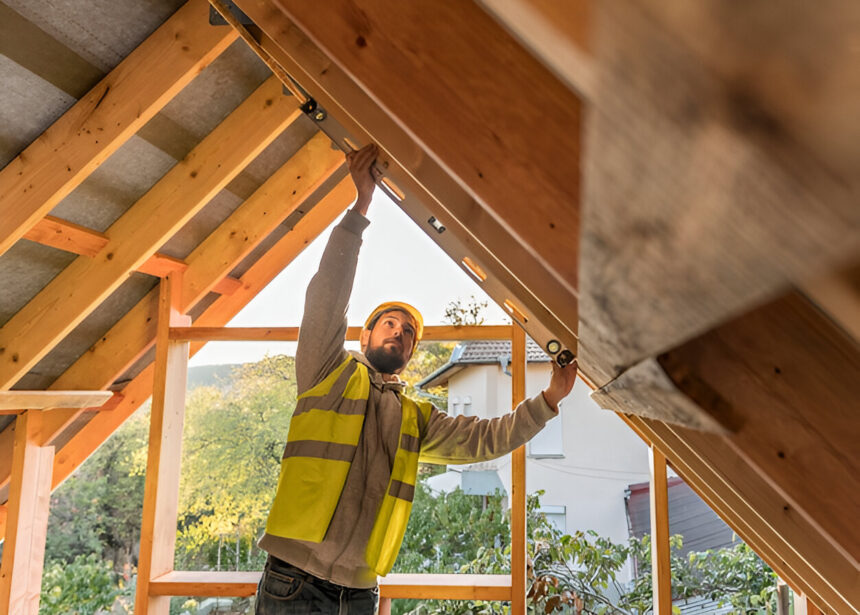When it comes to home energy efficiency, one of the most crucial yet often overlooked aspects is loft insulation. Properly insulating your loft can have a significant impact on reducing energy bills, improving comfort levels within your home, and lowering your carbon footprint. In this comprehensive guide, we will delve into the importance of loft insulation, the different types of insulation available, the benefits it offers, and how to go about insulating your loft effectively.
Why Loft Insulation Matters
Loft insulation plays a vital role in retaining heat within your home during colder months and keeping it cool in the summer. Without adequate insulation, heat can easily escape through the roof, leading to increased energy consumption as your heating system works harder to maintain a comfortable temperature. By insulating your loft, you create a thermal barrier that helps to trap heat indoors, resulting in a more energy-efficient and cost-effective home.
Types of Loft Insulation
There are several types of loft insulation available, each with its own unique characteristics and benefits. The most common types include:
- Fiberglass Insulation: Made from fine glass fibers, fiberglass insulation is a popular choice for loft insulation due to its affordability and effectiveness in reducing heat loss.
- Mineral Wool Insulation: This type of insulation is made from mineral fibers and offers excellent thermal and acoustic properties, making it a versatile option for loft insulation.
- Cellulose Insulation: Cellulose insulation is made from recycled paper treated with fire-retardant chemicals. It is a sustainable choice that provides good thermal performance.
- Spray Foam Insulation: This type of insulation expands to fill gaps and crevices, creating an airtight seal that helps prevent heat loss and air infiltration.
Benefits of Loft Insulation
Insulating your loft offers a range of benefits beyond just energy savings. Some key advantages include:
- Energy Efficiency: Proper loft insulation can significantly reduce heat loss, resulting in lower energy bills and increased energy efficiency.
- Improved Comfort: A well-insulated loft helps maintain a consistent indoor temperature, leading to greater comfort for you and your family.
- Reduced Carbon Footprint: By using less energy to heat and cool your home, you can lower your carbon emissions and contribute to a more sustainable environment.
- Noise Reduction: In addition to thermal benefits, loft insulation can also help reduce noise transmission from outside, creating a quieter and more peaceful living environment.
Installing Loft Insulation
Installing loft insulation is a relatively straightforward process that can be done as a DIY project or by hiring a professional. Here are the basic steps involved in insulating your loft:
- Measure and Prepare: Start by measuring the area of your loft to determine how much insulation you will need. Clear any debris or obstructions in the loft space before beginning the installation.
- Choose the Right Insulation: Select the type of insulation that best suits your needs and budget. Remember to wear appropriate protective gear, such as gloves and a mask, when handling insulation materials.
- Install Insulation Rolls or Boards: Roll out the insulation material evenly across the loft floor, ensuring that it covers the entire area without gaps or overlaps. If using insulation boards, fit them snugly between the joists.
- Insulate the Loft Hatch: Don’t forget to insulate the loft hatch to prevent heat loss through this access point. Use insulation material or a purpose-made hatch cover to seal any gaps.
- Seal Gaps and Draughts: Check for any gaps or draughts around pipes, wiring, and light fixtures in the loft and seal them with expanding foam or insulation tape to improve the overall effectiveness of the insulation.
- Consider Professional Installation: If you’re not confident in insulating your loft yourself, it’s advisable to hire a professional installer to ensure the job is done correctly and efficiently.
Conclusion
In conclusion, loft insulation is a fundamental aspect of home energy efficiency that offers a range of benefits for homeowners. By properly insulating your loft, you can save money on energy bills, enhance comfort levels within your home, and reduce your environmental impact. Whether you choose fiberglass, mineral wool, cellulose, or spray foam insulation, the key is to ensure that your loft is effectively insulated to maximize its energy-saving potential. With the right insulation materials and proper installation techniques, you can create a more sustainable and comfortable living space for you and your family.





